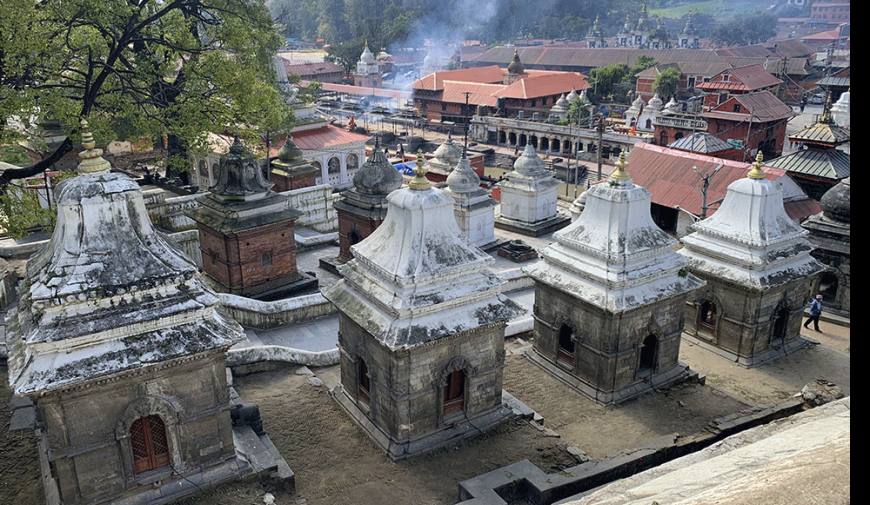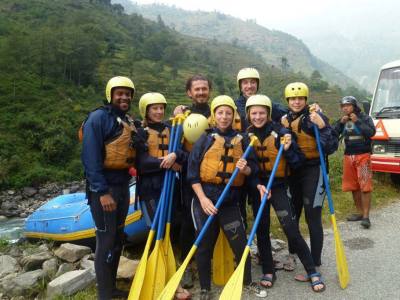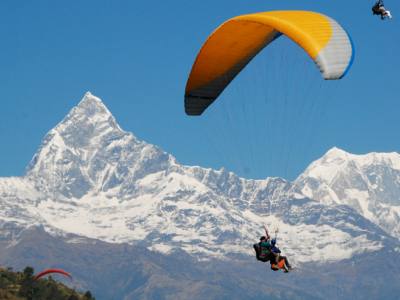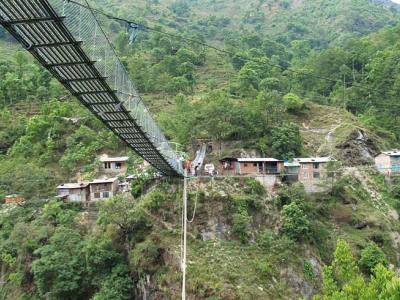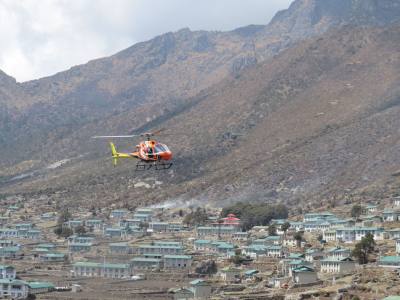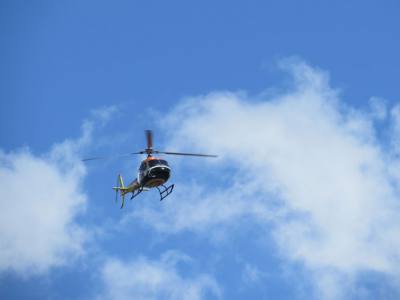Best Kathmandu Sightseeing Day Tour for 2022/2023
Quick Contact
-
Trip Duration 1 Days
-
Destination Nepal
-
Trip Difficulty Easy
-
Trip Cost US$25 (Per Person)
-
Trip Style Sightseeing
-
Transportation Private Car
-
Meals Breakfast
-
Accommodation Hotel
Best Kathmandu Sightseeing Day Tour
Kathmandu Valley is one of the richest areas on UNESCO World heritage site, which is also known as City of Temples, Stupa, Durbar Square, cultural monuments, and historical place where temples are one of the main attractions of the visitors.
Welcome to Kathmandu, the city of Gods and temples. Explore the ancient streets of the Nepali capital, with its golden Hindu temples and white Buddhist stupas, embrace a colorful and beautiful culture, took part in one of the hundreds of annual festivals, and step back in time in the Newari city of Bhaktapur, a UNESCO world heritage site. Best Kathmandu valley will surprise you through its countless architectural memorial and vestiges of varied cultural and religious traditions. We are pleased to help you discover the beauty of the valley, by organizing guided sightseeing tours according to your interests and passions while staying in our home (Nepal) 2022/2023.
Below all the monuments are enlisted on world heritage site by UNESCO in 1979 and has become the common monument of the people all around the world.
- Buddhanath Stupa
- Hanuman Dhoka (Kathmandu Durbar Square)
- Pashupatinath Temple
- Swoyambhunath (Monkey temple)
- Bhaktapur Durbar Square
- Patan Durbar Square
- Changu Narayan Temple
Buddhanath Stupa: This great Buddha Stupa stands approximately 6-7 km northeast from center of the Kathmandu. It is believed that this great stupa was built during the Kashayapa Buddha’s end period and beginning period of Shakyamuni Buddha. This is one of the largest Buddha Stupa in the world.
Hanuman-Dhoka (Kathmandu) Durbar Square: Hanuman-Dhoka Durbar square popularly known as Kathmandu Durbar Square. Located at center of ancient city Kathmandu, it is a complex of beautiful temple and shrines, both Hindu and Buddhist. Most of them are built in pagoda style, built between 12th and 18th centuries. On the time of 2015 most of the part was destroyed by massive earthquake. Now most of the monuments are renovated.
Pashupatinath Temple: Pashupatinath is lord Shiva, God of the Gods. The Pashupatinath Temple is one of the holiest temples of the world revered and worshipped both by Hindus and by Buddhists. The temple symbolizes Nepal’s national glory. In this temple has also burning Ghat the death body of the Hindu people are burn in this particular place. The Pashupatinath Temple is about 5 km far from center of the Kathmandu.
Swoyambhunath (monkey temple) visit: Situated on about 2 km North West in center of the Kathmandu valley, Swoyambhunath is both a Buddhist and a Hindu Temple. The origine of Kathmandu valley is closely linked to this temple. It is also known as Monkey Temple, where a lot of monkeys are living in this area of temple. It is also a small view point from where we can see Kathmandu valley in this temple.
Bhaktapur Durbar Square: Bhaktapur is the capital city on the 12th to the 15th century in the Nepalese history. It is also known as city of Newari culture. The Pagoda and shikhar style temples, Vihars and Bahis, Lonha Hiti Ponds Pati, math and sattal Stupas, citygates, terracottatemples,dyochhens, jarahns, palaces,artistic Private Houses and other cultural and historical heritages are the major Monuments of ancient city. Bhaktapur city is spread over an area of 6,88 sq. km and lies at 1401 meter above the sea level. Do not miss to test the Juju Dhau (Yoghurt).
Changunarayan temple: The name of changu Narayan was formed through the small village and surrounded by champak tree. It is located on the top of the hill. Hindu temple is located in Changunarayan Municipality of Bhaktapur District, Nepal. This hill is about 7 miles or 12 km east of Kathmandu and a few miles north of Bhaktapur.
Patan Durbar Square temple: Patan durbar square is located at center of Lalitpur district which is listed on UNESCO world heritage site. There are many idols and temple in the area. The Krishna temple is the most important temple in the Patan Durbar Square. This square is damaged due to the earthquake. Now this square is under construction.
Important Information
Things to carry:
- Better to carry small day bag
- Extra expenses (personal shopping)
Travel Requirement:
- Your passport copy or ID card
- Sun Glasses
- Comfortable Shoes
Covide 19 safety:
- Best to avoid crowd and keep social distance
- Please use sanitizer and mask
Best time for Kathmandu Sightseeing Day Tour
Nepal is known for its typical monsoon climate which is characterized by a dry period from October to May and a wet period from June to September. The main monsoon is from mid -June to mid-September when heavy rains hit Nepal, but due to climate change the monsoon may be earlier of later than this. Floods and landslides are a serious concern at this time of the year and travel to remote area should be avoided. The best two seasons to visit the country are Autumn (September – November) and Spring (March-May), when the air is fresh, and the temperatures are warmer. During winter, the Kathmandu Valley presents a mildest climate: it doesn't snow but temperatures can get down to freezing at night.
In general, even during winter, the temperature around daytime can reach 20 degrees with pleasant sunshine, while in summer the temperatures in the Kathmandu Valley can raise up to 30 degrees.
If you are planning to go trekking the best 2 periods of the year are September to November and March to May, while for cultural sightseeing any time of year is suitable.
Entrance fees per person:
Buddha Stupa: NRs 400 / USD 4
Kathmandu Durbar Square: NRs 1000 / USD 10
Pashupatinath Temple: NRs 1000 - USD 10
Monkey Temple: NRs 200 / USD 2
Bhaktapur Durbar Square: NRs 1500 / USD 15
Patan Durbar Square: NRs 500 / USD 5
Note: 1 USD= About100 NRs (Nepalese money)
Trip Highlights
- Explore the best UNESCO world heritage site.
- Be part of the cultural annual festival.
- Explore the Ancient cultural, history and Monument.
- Beautiful monkey temple.
- Local street market.
Outline Itinerary
- Day 01:Visit Monkey Temple, Boudhanath, Pashupatinath and Bhaktapur Durbar Square.
Cost Includes:
- Airport pick up and drop off.
- All the transportation during the trip.
- Stay on 3 star or (more) hotel in Thamel with breakfast.
- Best and experienced Tour guide.
- All taxes
Cost Excludes:
- Tips
- Entry fee
- Lunch and drinks
Day 01: Visit Monkey Temple, Boudhanath, Pashupatinath and Bhaktapur Durbar Square.
Morning we will start our trip till evening and explore the best Places of UNESCO world Heritage site.
Departure Detail
Trip Note
Note: If visitors want to explore Thamel area, your guide will help an extra hour.
Note: You are most welcome to create your own itinerary list, there is no any restriction about lunch time either any time or place should be stop.
